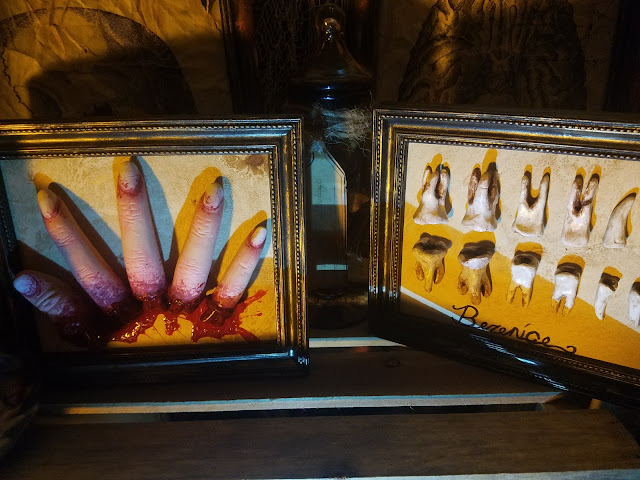In the Hindu faith, the monkey god Hanuman represents courage and loyalty.[1] The child of Vayu – the god of wind – and a monkey named Anjana, Hanuman possesses the ability to fly and is known for his insatiable appetite. In fact, believing the sun was a golden fruit, Hanuman chased the glowing orb throughout the sky until Indra struck him down with a thunderbolt and his father, angered by the event, tortured all of the gods with indigestion.[2] Hanuman, though, is most noted for his devotion to Prince Rama, who may have been based on an actual prince named Ramacandra who reigned sometime between 1000 B.C.E. and 700 B.C.E.[3] According to legend, Princess Sita was kidnapped from Prince Rama by the demon king Ravana. In an effort to save his beloved, Rama asked his lieutenant Hanuman to use his power of flight to scour the land between India and Sri Lanka in search of Sita. Finding her in the clutches of Ravana, Hanuman decided to enact revenge on Ravana’s city before returning to Rama with Sita’s location; however, he was captured in the process and tortured by Ravana’s soldiers, who tied oil-soaked cloths to his tail and lit them on fire. Feeling from the city, Hanuman’s burning tail set much of the town ablaze and, after returning to Rama, the prince’s forces descended on the city and rescued Sita.[4] Because of his efforts, Hanuman has become an emblem of loyalty in Hinduism and is often depicted protectively holding a representation of Rama and Sita near his heart.[5]
Works Referenced
Littleton, C. Scott, ed. Mythology: The Illustrated Anthology of World Myth and Storytelling. London: Duncan Baird, 2002.
O’Connell, Mark, and Raje Airey. The Complete Encyclopedia of Signs and Symbols: Identification and Analysis of the Visual Vocabulary that Formulates Our Thoughts and Dictates Our Reactions to the World Around Us. London: Hermes House, 2005.
Woolf, Greg, ed. Ancient Civilizations: The Illustrated Guide to Belief, Mythology and Art. London: Duncan Baird, 2005.
____________________
[1] O’Connell and Raje, 40.
[2] Littleton, 358.
[3] Woolf, 175.
[4] Littleton, 357.
[5] Woolf, 152.



























